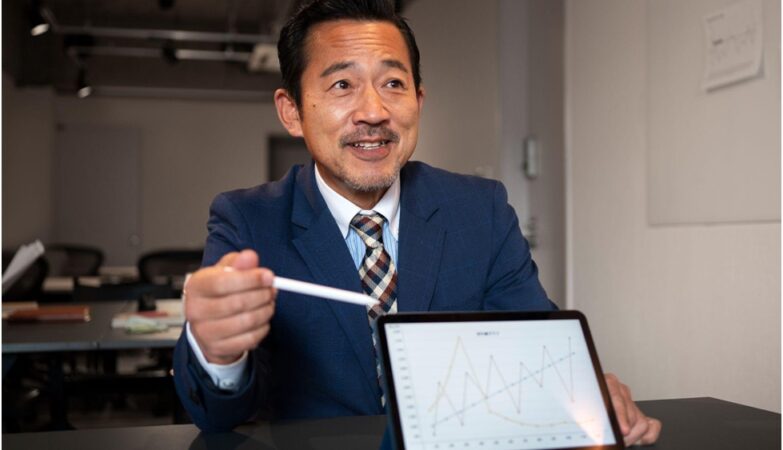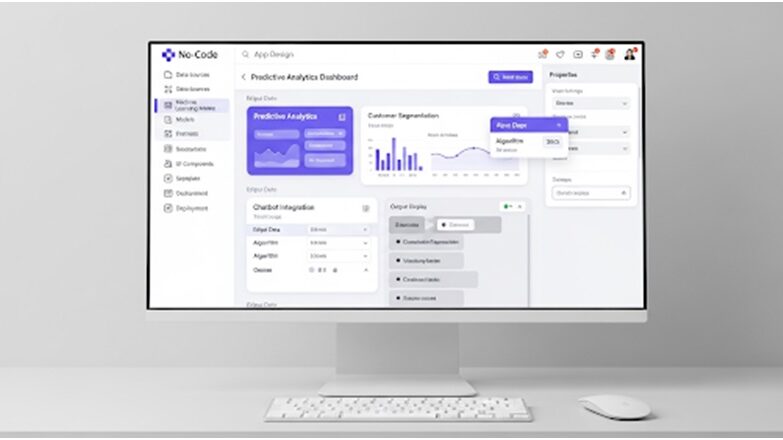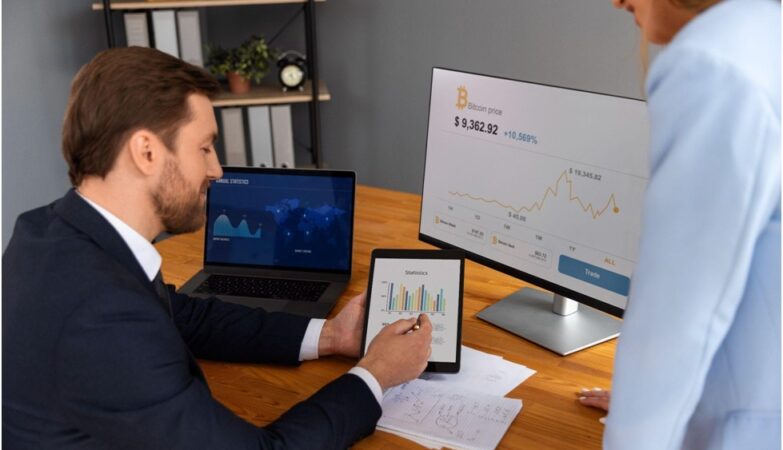The complex network of international commodities and their influence on currencies is readily evident to anyone who ventures into the world of FX trading. Of all the countries with different national economies and currencies, Brazil’s official currency, the Brazilian Real, stands out as a perfect illustration of this complex relationship. The global commodities market is crucial in understanding the dynamics and overall health of the Real because it greatly influences its value.
Brazil possesses an abundance of natural resources. With enormous reserves of agricultural products, metals, and minerals, it is a major player in the world market for the export of goods. The Real’s standing abroad is essentially determined by these exports, which in turn control the inflow of foreign exchange.
Iron ore is one of Brazil’s main exports. The price of this essential industrial metal varies along with changes in worldwide demand. Any notable increase in the price of iron ore can support Brazil’s trade balance by raising demand for the Real, which increases the value of the currency in terms of forex trading. On the other hand, a decline in world prices may hurt Brazil’s trade earnings and put pressure on its currency.
Commodities related to agriculture, especially sugar, coffee, and soybeans, highlight Brazil’s crucial position in international trade. Being the world’s top exporter of these goods, Brazil’s economy is inevitably linked to the dynamics of supply and demand around the world. For example, a bad harvest in another big soybean-producing nation may raise global prices, which would help Brazil and thus increase the Real. Experts in currency trading frequently keep an eye on these worldwide agricultural patterns in order to predict future changes in the Real.
And there’s oil. Brazil doesn’t export as much oil as other countries, but it does have sizable reserves, and any major changes in the price of crude oil globally have an immediate effect on Brazil’s export earnings. High oil prices have historically raised Brazil’s foreign exchange revenues, which has improved the country’s economic situation and supported the Real. On the other hand, it is also true that a decline in oil prices can put pressure on Brazil’s fiscal balance and expose the national currency to depreciation.
Though they have a significant impact, it’s important to remember that these commodities don’t determine the state of the Brazilian economy or the value of its currency. External variables also come into play, including the monetary policies of major nations, geopolitical unrest, and the state of the world economy. However, commodities are an important part of the analytical toolset for forecasting the Real’s trajectory in the context of currency trading.
Furthermore, Brazil’s approach to managing its wealth in commodities is crucial. Effective resource management, investments in agricultural innovation, and sustainable mining techniques can all raise the nation’s profile in the world commodities market. Brazil can secure stable and reliable supply networks, protect its economy from unstable price fluctuations, and raise prices by as much as 10%.
Predicting currency movements in the realm of forex trading is both an art and a science. Technical analysis provides insights based on historical trends and patterns, but it is essential to have a thorough awareness of the global commodities market and how it affects currencies such as the Brazilian Real. The interplay of supply, demand, geopolitics, and economic foresight is what determines the health of currencies and commodities. For resource-rich nations like Brazil, this dance is essential to shaping their economic stories.
Brazil is one of the best examples of how global commodities and their constantly changing dynamics continue to be at the core of many national economies. Currency swings are a result of shifting supply and demand, which affect traders and economists equally. A sharp watch on Brazil’s commodity exports and the global commodities market becomes a valuable tool for anyone starting a currency trading business as they navigate the volatile waters of currency exchanges. By using this lens, one may see the Brazilian Real’s state and the elements driving its international success more clearly.











